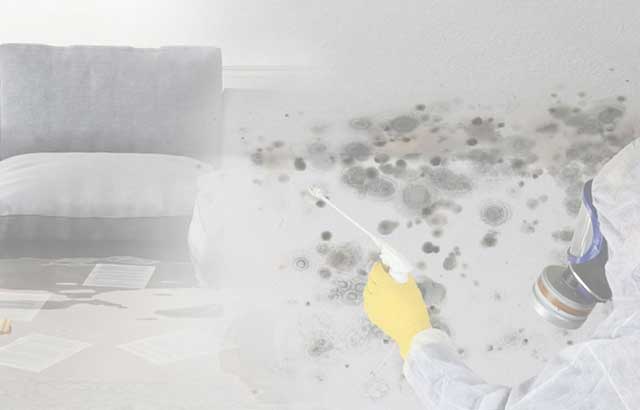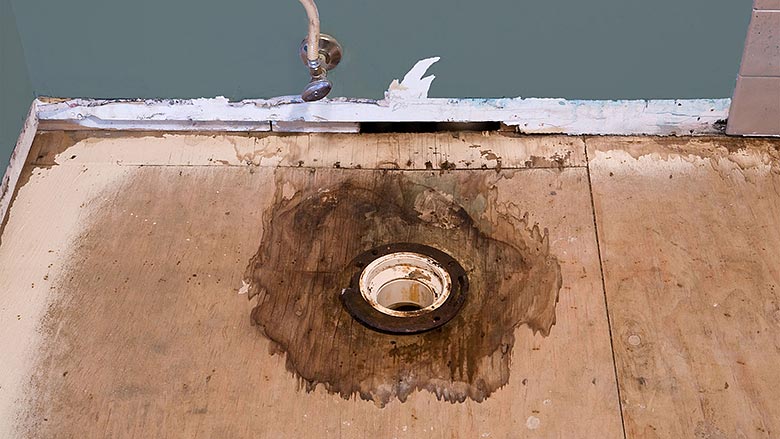Right here below you can locate a lot of reliable points in relation to How to Fix a Water Damage Bathroom.

The bathroom is very vulnerable for damp build-up and prospective water damages because of the constant use of water in it. This post offers basic examination methods to aid spotting water damage threats.
The constant use of water in the shower room makes it incredibly at risk for moist buildup and prospective water damage. By checking it regularly, you can decrease water relevant damages.
The complying with collection of evaluations is simple to perform as well as need to be done once in every 3 months in order to maintain your restroom healthy and to avoid possible water problems brought on by the bathtub, the shower, pipeline joints and also plumbing, sinks, cabinets, as well as the commode
Do not overlook doing these inspections and be complete while executing them. Keep in mind that these easy assessments can conserve you a lot of money by supplying very early indications for water damage
Sinks as well as Cabinets
Sinks and also closets are exposed to wetness as well as humidity everyday as well as are commonly ignored. Evaluate consistently under the sink and also on the kitchen counter over it. Fix any kind of drip in the catch as it might recommend drainpipe issues. Browse the sink, sluggish draining pipelines might suggest a blocked drain. Replace sink seals if they are broken or loose.
Bathtub and Shower
The shower and bathtub require unique interest as well as upkeep. Inspect the floor tiles and also change if fractured. See to it that there is no missing out on cement in between the floor tiles. Inspect and change split caulking at joints where the wall surfaces satisfy the flooring or the tub. Blocked drains as well as pipes issues will avoid the bathtub from drying and also might suggest severe issues below the tub. Speak with a professional instantly to prevent structural damages. Take notice of stainings or soft locations around the bath tub wall surfaces as they might suggest an interior leak.
Plumbing
Signs for water damage are tough to identify given that a lot of pipes are installed inside the walls.
Pay unique focus to flooring and also wall surfaces wetness and stains as they might suggest an undetectable plumbing issue. Check dampness degrees in adjoining rooms too.
The Commode
The bathroom is a vulnerable water joint. Check the water lines and also search for leakages around the bathroom seat, in the hose, and also under the water tank. If you detect any type of signs of dampness on the flooring around the bathroom, look for leaks in the toilet edge as well as tank seals.
Know that hanging toilet dish deodorants boosts the chances for obstructions.
TIPS TO PREVENT WATER DAMAGE IN THE BATHROOM
The average household uses approximately 80-100 gallons of water per person per day. For a family of 4, that's almost 2,500 gallons of water a week! The largest portion of this consumption comes from bathroom use. Flushing the toilet uses the most water, followed by taking a shower or bath. With that much water running through the home, water damage in the bathroom is bound to happen. Knowing how to spot signs of a water leak is essential to preventing long-term damage. This guide provides you with tips to reduce the impact of water damage on your bathroom.
CAUSES OF BATHROOM WATER DAMAGE
Pipe breaks are the most common cause of water damage we see in our daily jobs. The age of a pipe plays a large role in a pipe break as well as corrosion. Over time, the metal begins to break down, allowing water to escape. Frozen pipe breaks are also a concern in the winter months. Toilet overflows caused by paper products or children flushing inappropriate items. Degraded caulking around the toilet or bathtub can allow water seepage, sometimes behind the fixture, into the subfloor or walls. Condensation forms when the water in a pipe is cooler than the air temperature. Beads of water form on the exterior of the pipes, sometimes so much so that the water begins to drip and pool below. Sink or shower backups created by poor drainage. HOW TO PREVENT WATER DAMAGE IN YOUR BATHROOM
Inspect your toilet supply line for worn or frayed hoses and replace them as needed. Winterize your plumbing to prevent a frozen pipe break. Use vent fans to prevent condensation that can lead to mold growth. Routinely check and replace degraded caulking around your toilet or bathtub. Increase the temperature in your toilet tank and insulate your pipes during the warm summer months to keep condensation from forming. Use child safety locks on the toilets. Flush only toilet paper. "Flushable" wet wipes are actually not good for your plumbing system. Additionally, feminine hygiene products should not be flushed. Prevent water from escaping the tub or shower. Make sure shower curtains are in good condition. Inspect shower doors and replace the seal strip if necessary. Wipe up any water that accumulates on the floor and use bath mats. Water left to sit can cause damage to the tiles and flooring. Refrain from using bath products containing heavy oils to avoid a clogged drain.

As a fervent person who reads about Looking for Signs of Water Damage in the Bathroom, I think sharing that short article was a good idea. If you enjoyed reading our blog entry if you please make sure you remember to share it. We enjoy reading our article about How to Repair and Prevent Bathroom Water Damage.
Give Me A Quote!